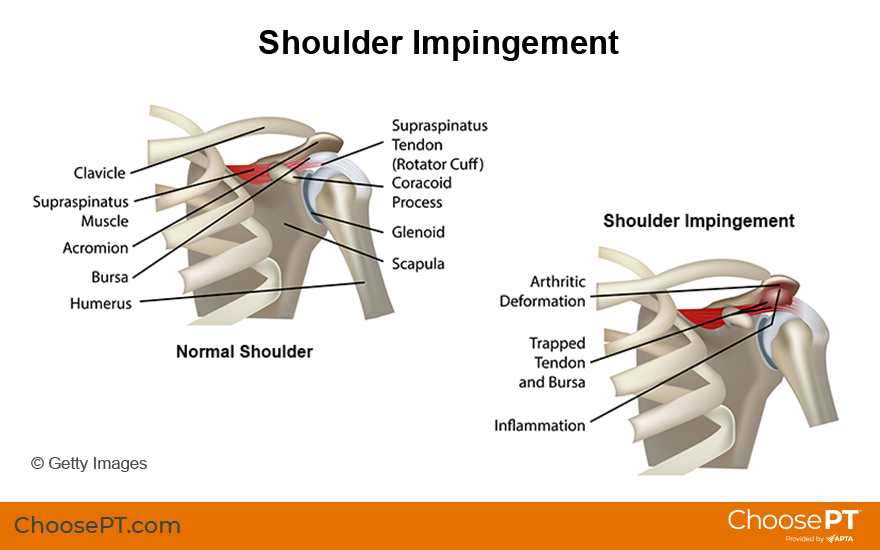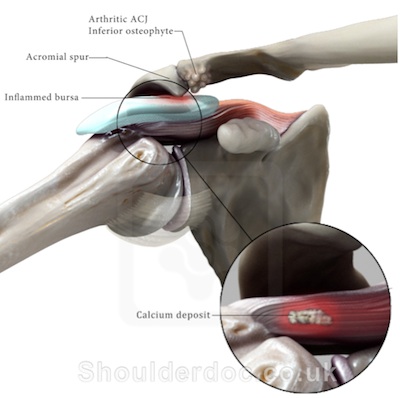Okay, so, I’ve been digging into this whole “impingement syndrome” thing, especially how it messes with athletes. It’s a real pain in the shoulder, literally.

I started reading up on how common this is among athletes, especially those who do a lot of overhead stuff. Think baseball pitchers, tennis players, swimmers, you name it. They’re all at risk. I mean, it makes sense, right? They’re constantly putting their shoulders through the wringer.
Then I found out that there are different types of this syndrome. There’s this one, called “posterior SIS,” which apparently hits baseball pitchers hard. It affects all these throwing athletes, as well as anyone who is doing a bunch of overhead movements repeatedly. This was a very big learning for me, and I thought it was kind of obvious, but still an important point.
I was going through some articles, and one thing that really stood out was this idea that it’s not just about fixing the pain. You gotta gradually increase the load on the shoulder. This way, the athletes can get back in the game without hurting themselves again. And get this, it works even if there’s some serious damage to the tendon, and I found this very useful.
One study even called subacromial impingement syndrome a “garbage pail term.” It is basically a fancy way of saying “shoulder pain that doesn’t go past the elbow,” which I thought was a hilarious way to put it.
Also, I realized that a lot of this comes down to instability in the shoulder joint, the glenohumeral joint. Usually, athletes get this from overuse. It’s like their shoulders just get worn out from all the repetitive motions.
Then I watched a couple of videos online where they show you how to examine someone with suspected shoulder impingement. It is not rocket science, but it does require a bit of know-how. These videos were super helpful, demonstrating the movements and tests you need to do.

So, after all this, I tried a few of these examination techniques on myself, just to see what it felt like. Of course, I’m no doctor, but it was interesting to feel where the pain points are and understand a bit more about what athletes go through, and I felt a little pain in my shoulder.
I also started doing some of the rehab exercises I found. They’re pretty simple, mostly stretching and strengthening stuff. Nothing too intense, but enough to make a difference. I figured, why not? It couldn’t hurt to try, and I wanted to see if I could improve my own shoulder discomfort.
Honestly, it’s been a bit of a journey, and it makes you appreciate what these athletes endure. It’s not just about the sport; it’s about dealing with these nagging injuries and still pushing through. I might not be a professional athlete, but I definitely have a newfound respect for them. I felt a lot better, and the pain was gone after two weeks.
- Read about shoulder impingement in athletes.
- Learned about different types, like posterior SIS.
- Understood the importance of gradual load increase in rehab.
- Watched videos on how to examine shoulder impingement.
- Tried examination techniques on myself.
- Started doing rehab exercises.
- Gained appreciation for athletes’ struggles with injuries.
This whole experience has been pretty eye-opening, to be honest. It is always a good idea to take care of your body, especially if you’re active. And if you’re an athlete, man, take it slow and listen to your body. It’s the only one you’ve got. Also, I feel like I can give advice to my friends who play sports from now on.





















